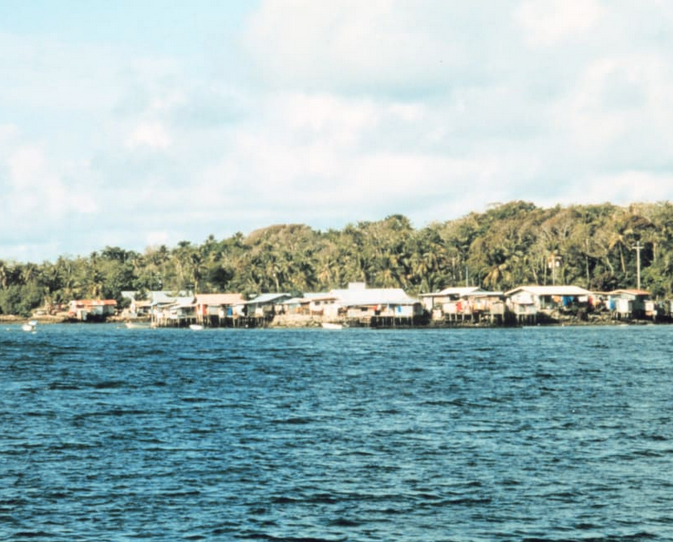
By Eleisha Foon, RNZ journalist
A new report has found practical solutions to address climate change in the Federated States of Micronesia (FSM), including raising roads and using mangrove forests.
Decision-makers have been urged to prepare for major changes.
These include heatwaves, stronger typhoons, a declining ecosystem, threatened food security and increased health issues.
The research is part of a series of reports by the Pacific Islands Regional Climate Assessment, with support of several government, NGO, and research entities.
Climate variability and extreme events have brought unprecedented challenges to remote atoll communities of Micronesia, especially in the state of Yap.
The report highlighted key issues for health, food security, agriculture, agroforestry, marine and disaster management sectors.
It also looked at the importance of using local knowledge and pairing this with new technology and science to help Micronesia adapt to climate change.
Hope for action
Coordinating lead author Zena Grecni hopes the findings will help policy-makers take action.
“We could see a 20-50 percent decrease in coral reef fish by 2050,” Grecni warned.
Climate proofing

The findings pushed for change at a “grass roots level,” and for state agencies to recognise the need for traditional knowledge and cultural resources in coastal adaptation measures.
About 89 percent of the FSM’s population lives within one kilometre of the coast, and buildings and infrastructure are vulnerable to coastal climate impacts.
The report looked at “climate proofing” interventions such as raising roads and using natural barriers like mangrove forests.
Mangroves have been shown to mitigate the effects of rising sea levels and are more effective long-term for sea level rise, instead of hard structures.
Another key priority was strengthening infrastructure like schools and medical centres.
Climate change in curricula
The report suggested climate change be included in school curricula to help inform future generations.
It highlighted the importance of learning from local knowledge and historical experiences to inform the future of local food supply.
Indigenous practices such as stone-lined enclosures, taro plantings raised above coastal groundwater, and replanted mangroves, were set to respond to sea level rise.
In the past, these reports have been used by other Pacific Islands “as a tool for negotiation,” Grecni said.
The report authors hoped it would help Micronesia in the same way.
This article is republished under a community partnership agreement with RNZ.










































